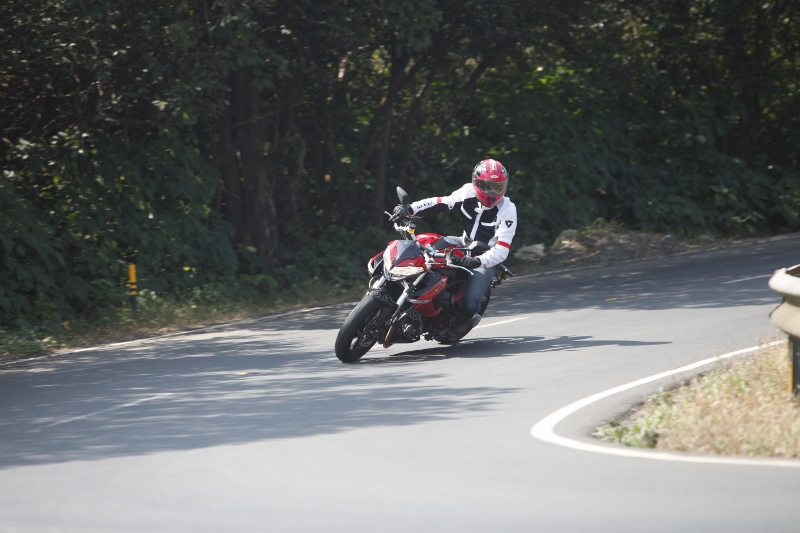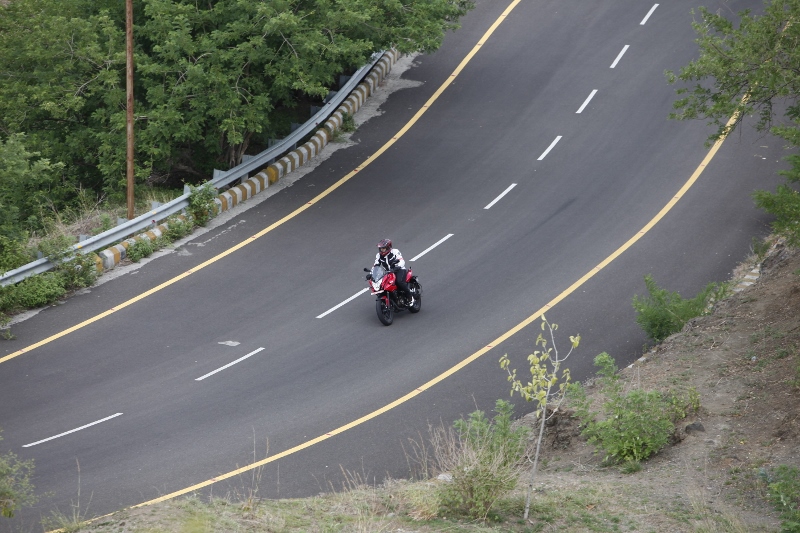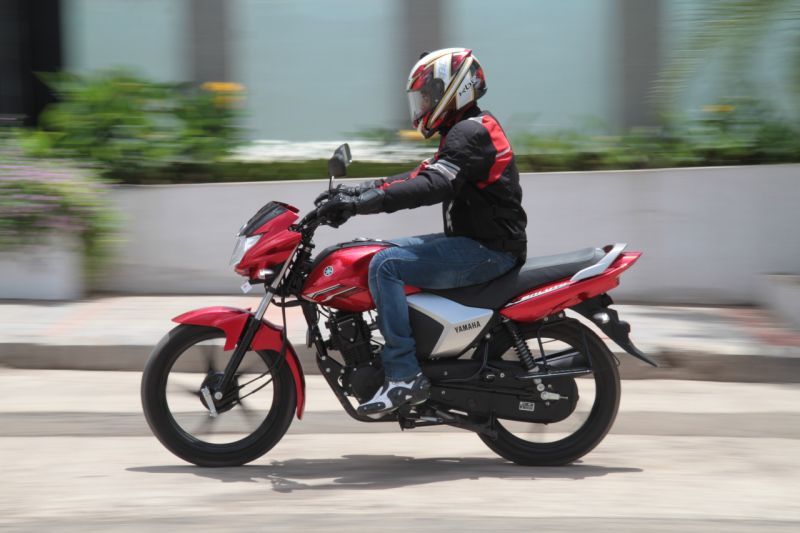
Ponderings on one of the oft seen messages strewn across the Indian highway network, and wonders if controlling speed is the only way to enhanced road safety
‘Speed thrills, but kills’ is possibly the most oft-repeated message seen across the length and breadth of the Indian highway network. Issued in public interest, Indian authorities hope that conscientious drivers will get the hint and start sticking to speed limits. An elevated thought, I must say, and certainly deserves a round of applause. If for nothing else, then simply for the optimism of the powers that be in a country where the average Indian rider puts little faith in the presence of properly functional brakes, safety equipment and such like.
Admittedly, however, sticking to speed restrictions is not rocket science. No, it simply means that when the needle on your speedometer indicates the same number as the one on the round white board with the fat red border gracing the kerb or the divider, then you’re as fast as you should be. I am pretty sure that if it is possible in every other part of the planet then it’s possible here as well. That said, is reduction or restriction of speed the only solution to the multiple maladies that plague our roads? I think not. The solution probably lies in instilling a sense of responsibility in our drivers and riders. Allow me to elaborate.

Say, if you’re on a single-lane road where the speed limit is 60 km/h and your speedo reads just that number. As you sweep past the bend ahead, you see another biker smack in the middle of the road and in your path, travelling at around half your speed. It’s a potential disaster. But who is to blame? Technically speaking, neither rider is at fault. After all, if you’re travelling at 60 km/h in a 60-zone, you’re absolutely on the right side of the law. At the same time, the rider travelling at 30 in a 60-zone is also on the same side of the law as you are. If neither party is wrong, and yet there is a potential for an accident, then clearly something is amiss. In this case, hazards are created not on account of speed, but due to the lack of it on the part of the insensitive rider (or driver) ahead.

One could, of course, argue that you need to be patient but nothing in life is infinite and neither is patience. I would think that the solution to such scenarios lies in sensitivity (to the needs of other road-users) and sense (rare though it may be). If the traffic is moving at a particular pace, then it is the rider’s responsibility to ensure that s/he moves with the traffic instead of holding it up. If s/he needs to slow down – to take a turn, for instance –

